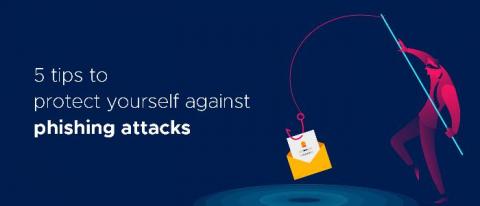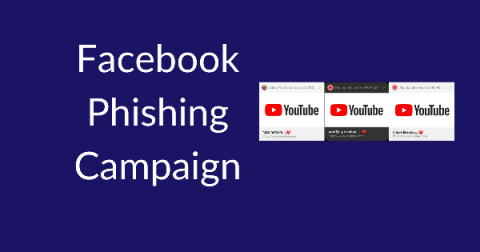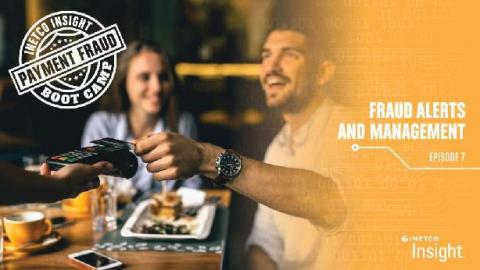What is Smishing? SMS phishing explained
SMS phishing, or “Smishing,” is a mobile phishing attack that targets victims via the SMS messaging channel rather than through email. A natural evolution of the phishing phenomenon, smishing attacks attempt to dupe mobile users with phony text messages containing links to legitimate looking, but fraudulent, sites. These smishing sites try to steal credentials, propagate mobile malware, or perpetrate fraud.






